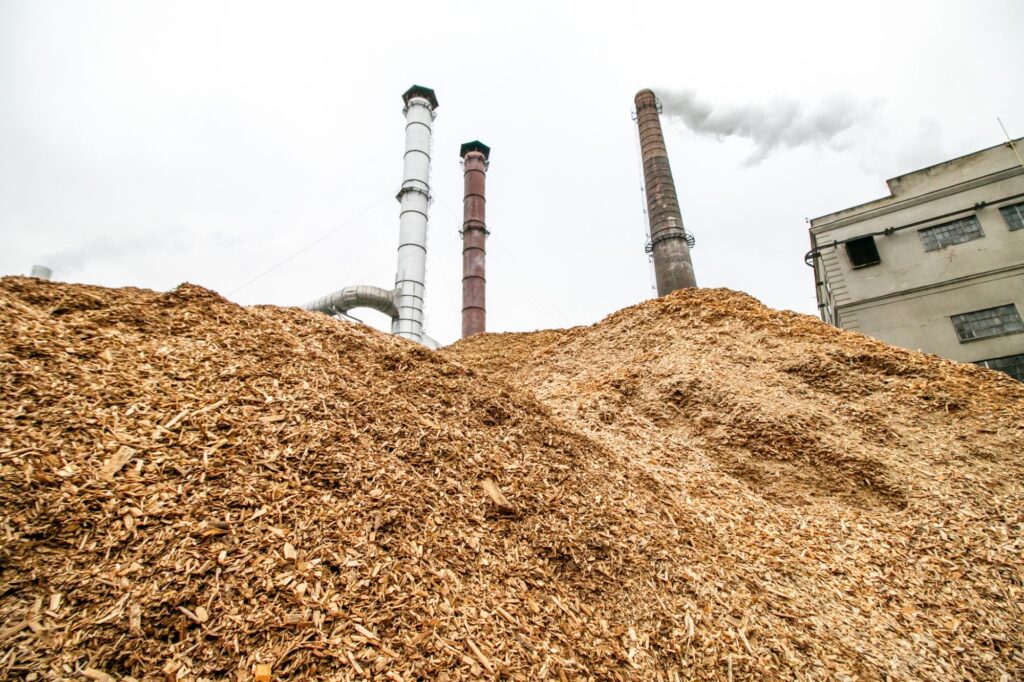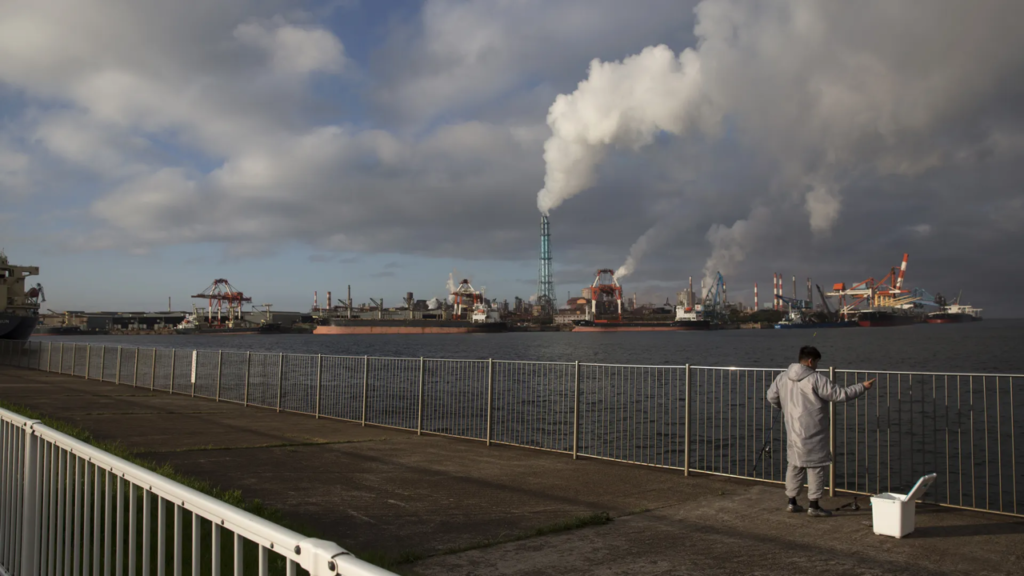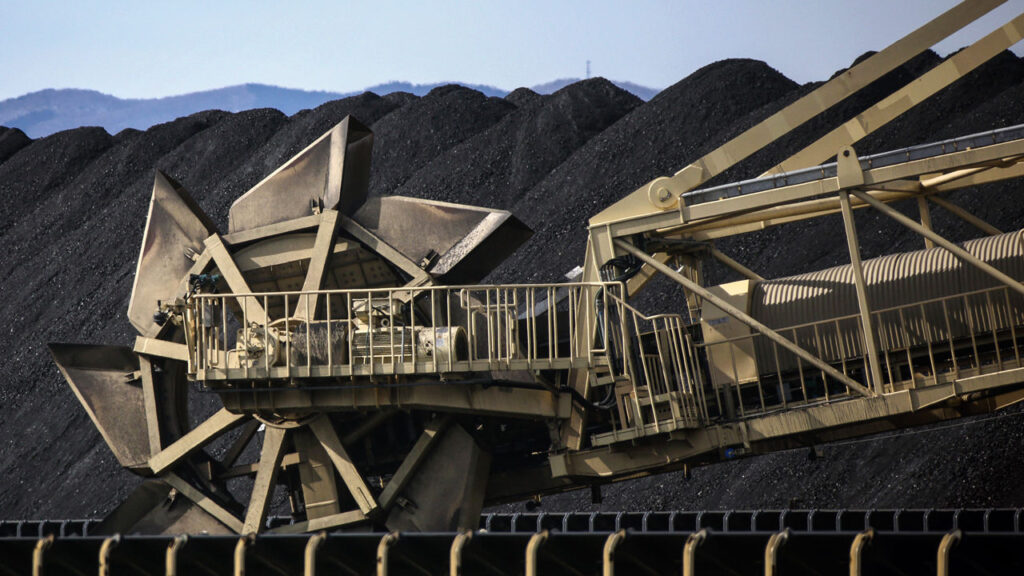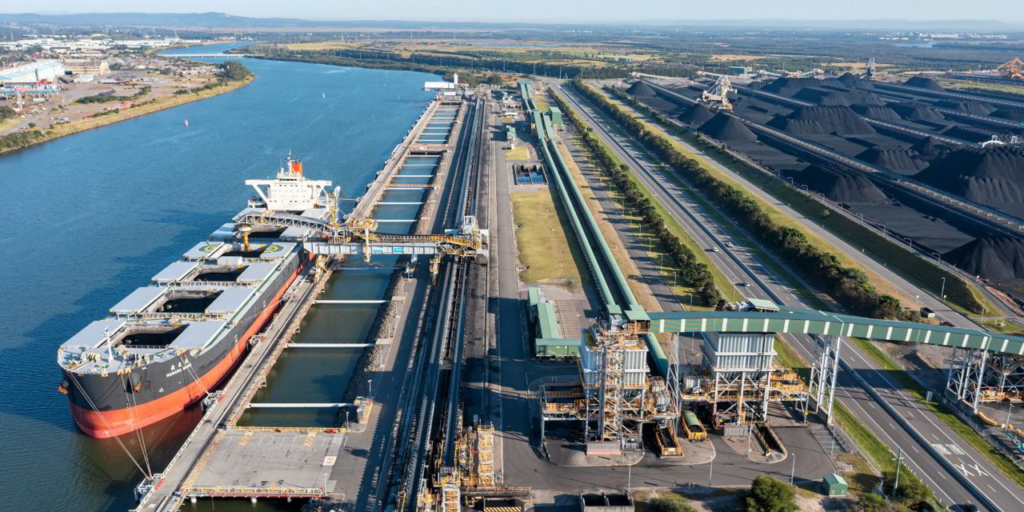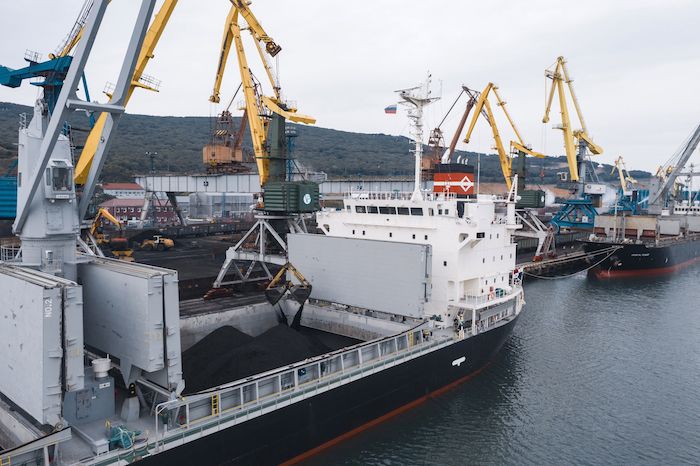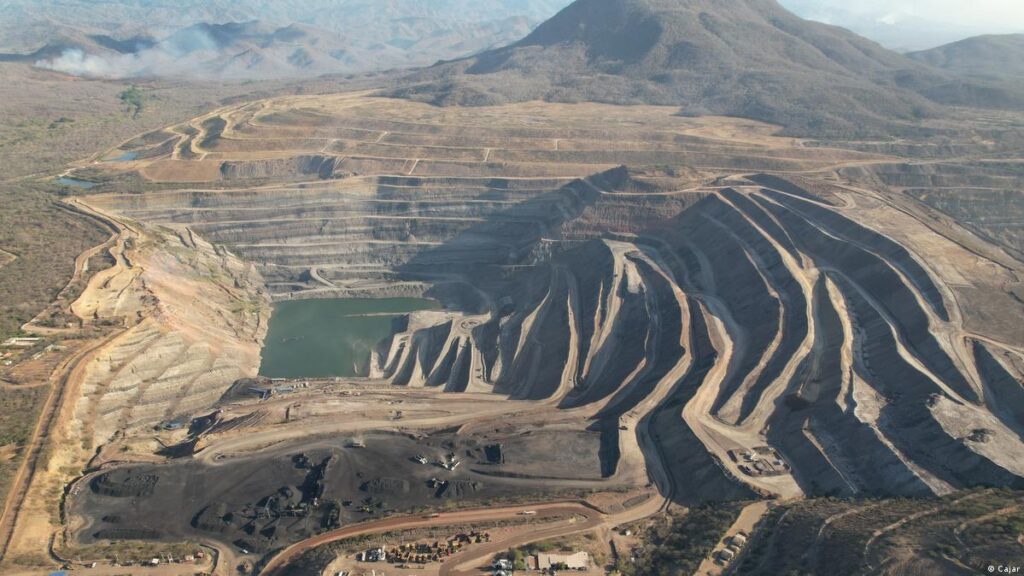Trade statistics from the Ministry of Finance of Japan show that Japan’s total coal imports in December 2023 were 14.4128 million tons, a year-on-year decrease of 1.962 million tons, a decrease of 11.98%; a month-on-month increase of 768,900 tons, an increase of 5.64%. That month, Japan’s coal imports amounted to 408.775 billion yen (approximately RMB 19.8 billion), a year-on-year decrease of 48.78% and a month-on-month decrease of 1.26%. Based on this calculation, the average coal import price for the month was 28,362.03 yen/ton (1,374.83 yuan/ton), a year-on-year decrease of 41.80% and a month-on-month decrease of 6.53%.
In terms of coal types , Japan’s thermal coal imports in December were 9.743 million tons, a year-on-year decrease of 8.07% and a month-on-month increase of 17.19%; accounting for 68%. Thermal coal import volume was 241.856 billion yen, and the average import price was 24823.63 yen/ton, a year-on-year decrease of 52.77% and a month-on-month decrease of 7.39%.
The largest portion of Japan’s thermal coal imports in December still came from Australia, reaching 6.9786 million tons, a year-on-year decrease of 11.13% and a month-on-month increase of 15.72%; accounting for 72%. Followed by Indonesian coal, imports were 1.0108 million tons, a year-on-year decrease of 0.45% and a month-on-month decrease of 17.51%; accounting for 10%.
In December, Japan imported 4.4112 million tons of coking coal, down 18.35% year-on-year and 9.73% month-on-month; accounting for 31%. The import volume was 157.856 billion yen, and the average import price was 35785.69 yen/ton, a year-on-year decrease of 14.48% and a month-on-month decrease of 0.14%. 48% (2.12 million tons) of coking coal imports came from Australia, a year-on-year decrease of 30.37%, and a month-on-month decrease of 16.15%; 24% (1.0529 million tons) came from Indonesia, a year-on-year decrease of 12.65%, and a month-on-month increase of 15.47%.
During the same period, Japan imported 258,200 tons of anthracite coal, a year-on-year decrease of 30.97% and a month-on-month decrease of 41.73%; accounting for 2%. Imported lignite was 0.5 million tons, a year-on-year increase of 58.84%, and a month-on-month decrease of 27.37%.
In terms of origin , the top three sources of coal imported into Japan in December were Australia, Indonesia and Canada, accounting for 64%, 14% and 9% respectively. In that month, Japan imported 9.2604 million tons of coal from Australia, a year-on-year decrease of 17.46% and a month-on-month increase of 3.82%; the import volume was 257.368 billion yen, and the average import price was 27792.22 yen/ton, a year-on-year decrease of 43.55% and a month-on-month decrease of 9.41%.
Coal imports from Indonesia were 2.0637 million tons, a year-on-year decrease of 7.07% and a month-on-month decrease of 3.44%; the import volume was 46.671 billion yen, and the average import price was 22615.03 yen/ton, a year-on-year decrease of 54.18% and a month-on-month decrease of 8.90%.
Imports from Canada were 1.2426 million tons, a year-on-year increase of 28.01%, and a month-on-month increase of 26.02%; the import volume was 53.459 billion yen, and the average import price was 43,020.51 yen/ton, a year-on-year decrease of 2.34%, and a month-on-month increase of 28.95%.
Looking at the cumulative coal import volume , Japan’s coal import volume in 2023 totaled 167 million tons, a year-on-year decrease of 8.76%; of which 107 million tons were imported from Australia, accounting for 64%.
In terms of downstream coke, Japan imported 134,200 tons of coke in December, a year-on-year increase of 243.16% and a month-on-month increase of 136.47%. The import volume was 7.505 billion yen, a year-on-year increase of 213.99% and a month-on-month increase of 149.25%. Based on this, the average import price is calculated to be 55,917.41 yen/ton, a year-on-year decrease of 8.50% and a month-on-month increase of 5.40%. In that month, 80% (107,900 tons) of Japan’s coke imports came from mainland China, a year-on-year increase of 194.49% and a month-on-month increase of 103.45%.

